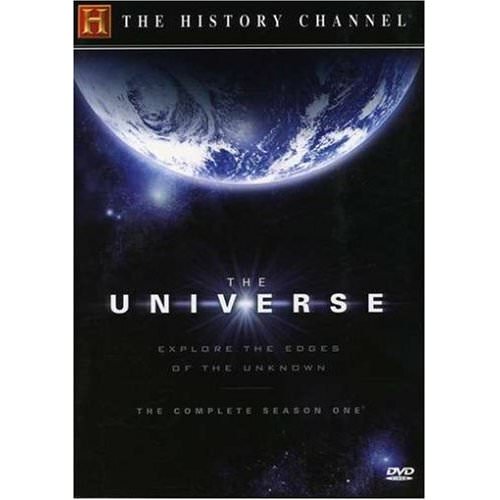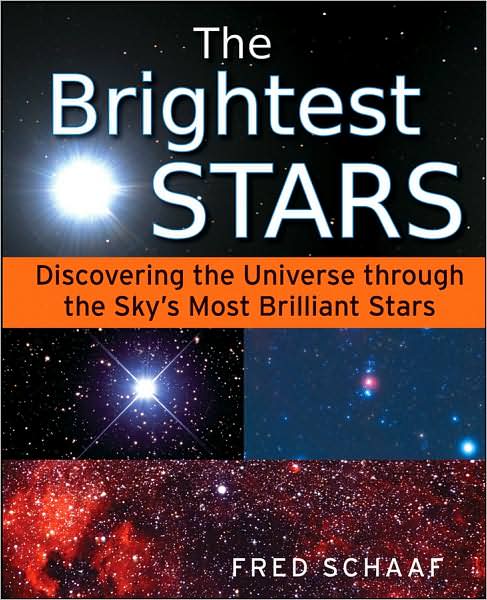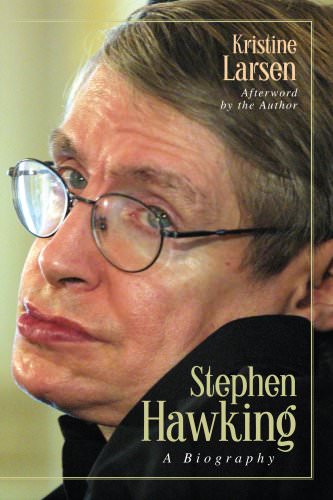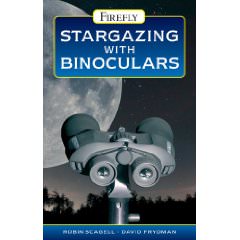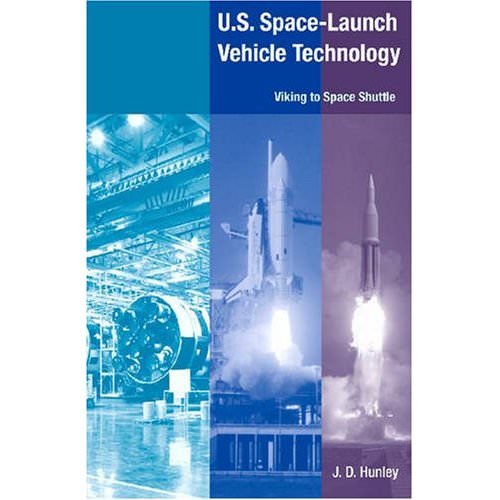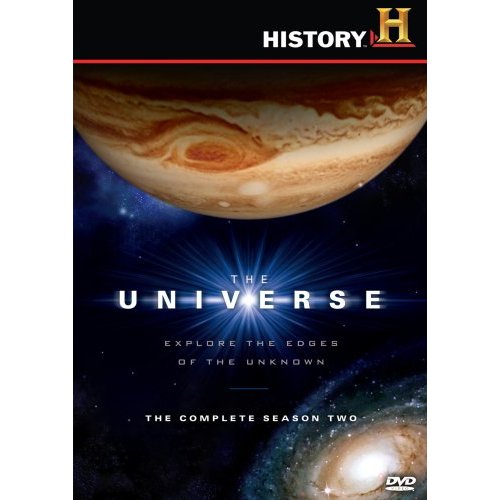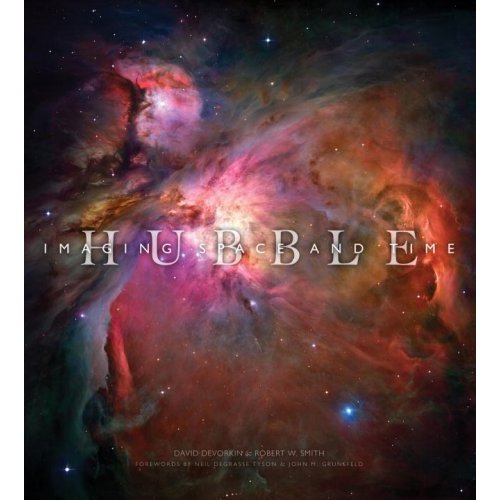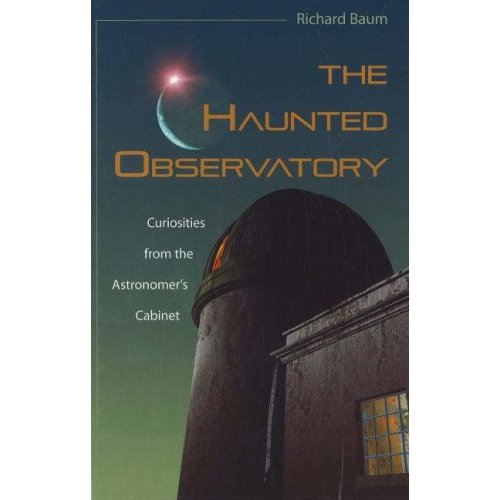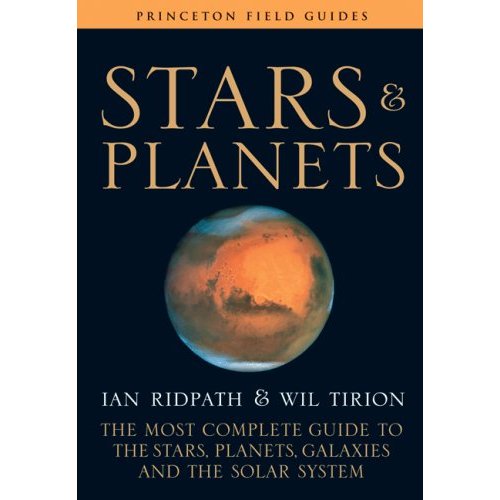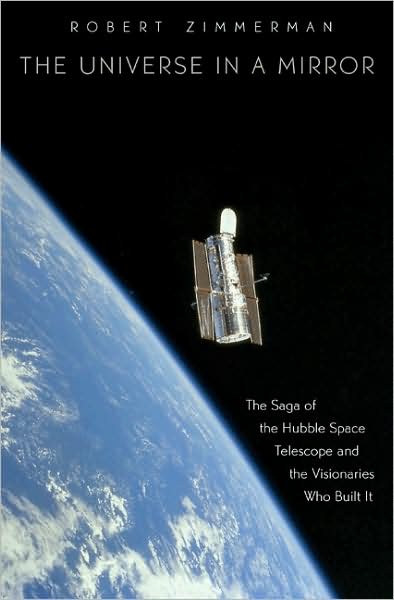[/caption]
Bright, flashing lights and a driving, vibrant sound track do wonders for video games. Similar dynamism brings home the worth of scientific exploration as seen in the History Channel’s “The Universe – Season One” on disc. Whether watching the debris from colliding asteroids as it flow into the rings of Uranus or seeing geysers spewing from Enceladus, there’s action a plenty in this video set.
Joining this quick paced action are facts and details that brings lots of science to the viewers. With careful juxtaposition, calm researchers provide clear reasoning on why clashing, spewing, whirling marvels exist. As the researchers all appear to be at the top of their respective scientific fields, their words add the weight to keep the shows grounded. Whether debating the planet-ness of Pluto, explaining the volcanoes of Titan or discussing how best to detect ET’s communication, they provide insight for the viewer to appreciate the novelty of the subject and the value of their research efforts. Further, by showing how the scientists accomplish their tasks, albeit briefly, these shows may be just the hook needed to draw students into a worthwhile, long-term career in science.
But, where the bright lights and near continuous sound track should attract the younger set, they may do the opposite for those appreciating a more sedate viewing experience. As well, it’s best to not watch shows one after another, as the viewer will start to see repetitious images and presentation styles. Also, there are times when the narration gives the impression of fact when there isn’t a definitive consensus in the scientific community. Therefore, enjoy the visuals and appreciate the hard work of the interviewees. But be prudent while watching and keep in mind that we’re still at the beginning of the learning curve when it comes to understanding the universe.
Yet, the average person’s knowledge doesn’t extend much past what they can directly see and feel. Thus, playing this 12 hour video set or even a selection or two may be just the ticket to expanding their awareness. After all, humanity’s survival is incredibly dependent upon a docile universe as shown by the impact of comet Shoemaker-Levy upon Jupiter or the possible devastation that a neutron star would wreck upon Earth. The contents of History Channel’s season one “The Universe – Explore the Edges of the Unknown” (available in Blu-ray) can help set the hazard record straight and readily expand a viewer’s horizons.
Read more reviews online or purchase a copy from Amazon.com.

